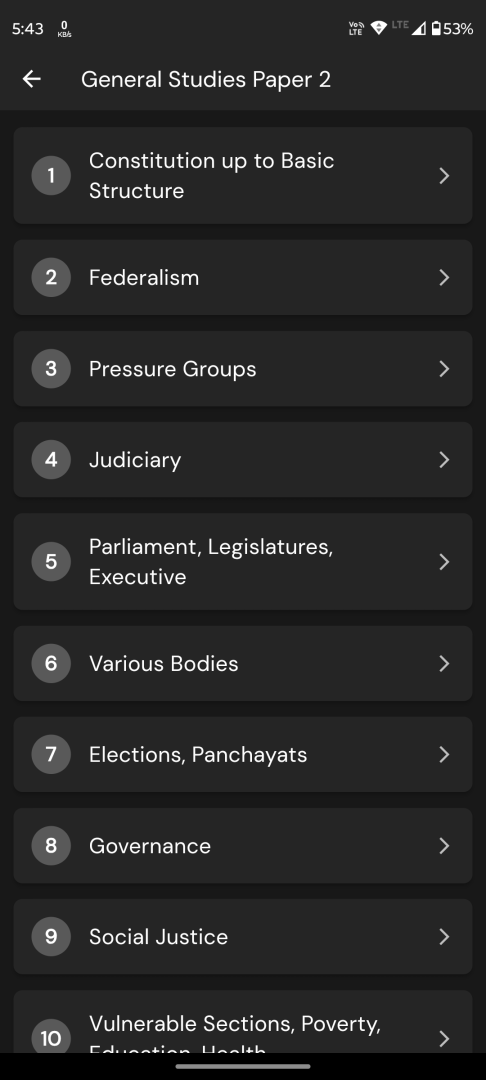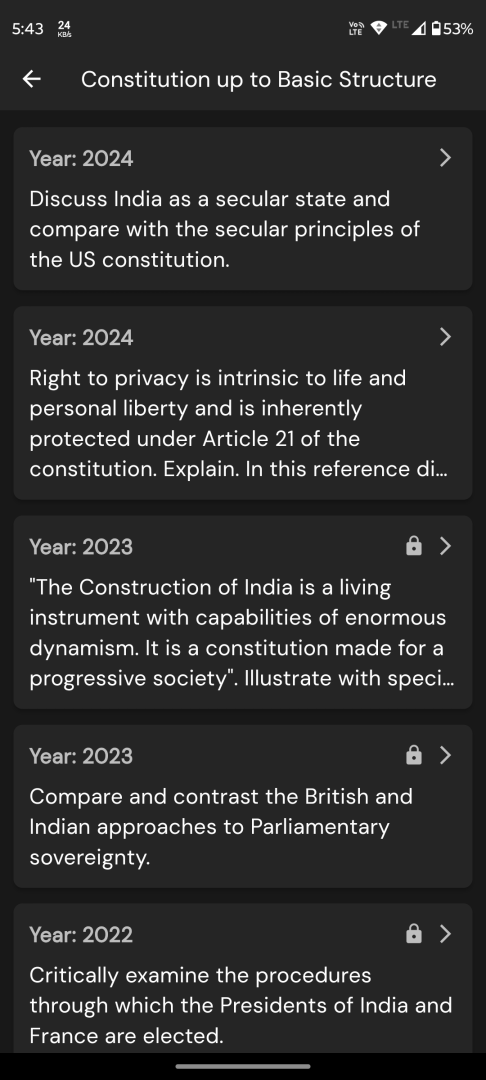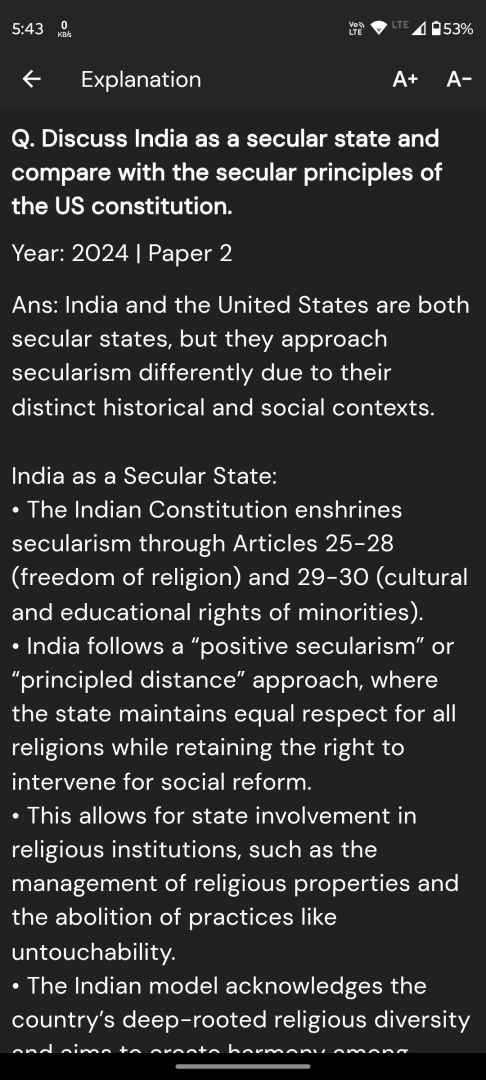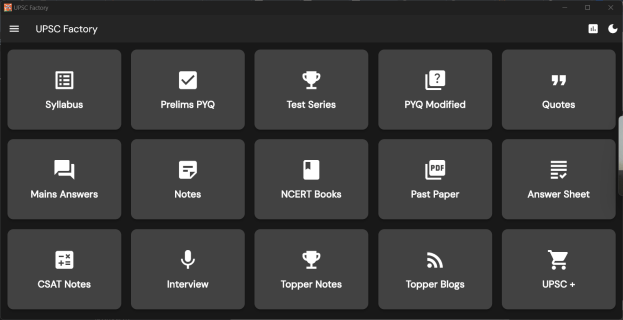Q. Does tribal development in India centre around two axes, those of displacement and of rehabilitation? Give your opinion.
UPSC Mains 2025 GS1 Paper
Model Answer:
While displacement and rehabilitation have historically dominated tribal development discourse in India—with tribals constituting 40% of all displaced persons despite being only 8.6% of the population—this binary framework presents an incomplete understanding of tribal development challenges and aspirations.
The Centrality of Displacement-Rehabilitation Axis:
• Development-induced displacement has affected millions through projects like Sardar Sarovar Dam (2 lakh displaced), Polavaram Project, and mining in Niyamgiri hills, creating cycles of impoverishment
• Conservation-induced displacement from tiger reserves has uprooted communities like Baigas from Kanha and Jenukurubas from Nagarhole, often without adequate compensation
• Poor rehabilitation record persists despite legal frameworks—only 25% receive proper rehabilitation; LARR Act 2013 and PESA provisions remain poorly implemented
• Loss of livelihood base occurs as forest-dependent communities lose access to minor forest produce, traditional farming lands, and cultural spaces
However, tribal development extends far beyond these two axes:
• Cultural preservation and identity: Protecting 700+ tribal languages, traditional knowledge (Baiga’s forest medicine), customary laws, and sacred sites while combating stereotyping
• Economic empowerment beyond compensation: Van Dhan Yojana for value addition, MSP for tendu leaves/mahua flowers, bamboo ownership rights under FRA 2006, skill development through DDU-GKY
• Social infrastructure access: Bridging 45% literacy gap through Eklavya schools, tackling malnutrition in 40% tribal children, sickle cell programs (affecting Gond, Bhil communities), mobile health units
• Political participation: Strengthening Fifth Schedule’s TAC provisions, implementing PESA effectively, ensuring Gram Sabha consent, promoting leadership in TSP areas covering 500+ blocks
• Rights-based approach: Forest Rights Act implementation granting 44 lakh titles, community forest rights, habitat rights for PVTGs like Bondas, Birhor
The Integrated Approach Needed:
• Participatory planning making tribals development partners, not beneficiaries
• “Development with dignity” respecting tribal worldviews (Dongria Kondh’s sacred hills)
• Economic models harmonizing with traditional lifestyles
• Technology adoption without cultural disruption
Conclusion:
Tribal development must evolve from displacement-rehabilitation focus to holistic empowerment ensuring dignity, rights, and sustainable progress.




